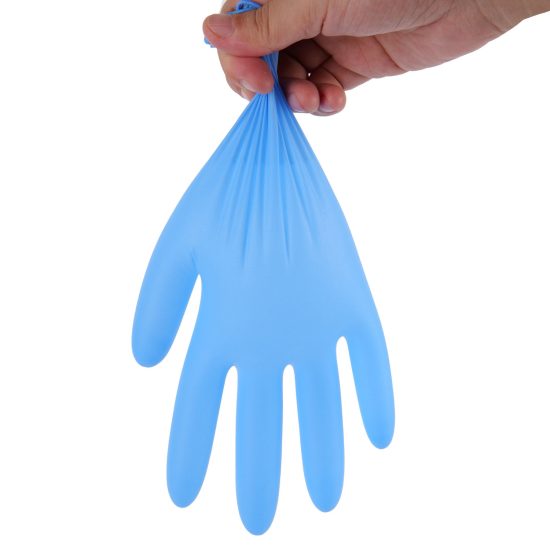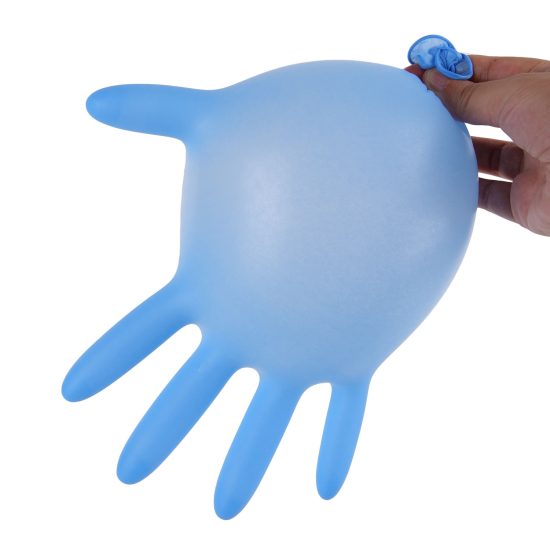When it comes to choosing the right work gloves, it’s important to consider various factors to ensure they meet your specific needs and provide optimal protection. Here’s a comprehensive buyer’s guide to help you make an informed decision:
- Identify the Hazards:
- Assess the hazards in your work environment, such as cuts, impacts, chemicals, heat, or cold. Determine the specific risks to your hands.
- Understand Glove Types:
- Leather Gloves: Provide durability, abrasion resistance, and moderate heat protection. Suitable for general-purpose tasks.
- Fabric Gloves: Offer comfort, breathability, and dexterity for light-duty applications.
- Cut-Resistant Gloves: Designed to protect against cuts and lacerations from sharp objects.
- Chemical-Resistant Gloves: Provide protection against hazardous chemicals and substances.
- Impact-Resistant Gloves: Offer additional padding and protection from heavy objects or tool vibrations.
- Heat-Resistant Gloves: Suitable for environments with high heat or flame exposure.
- Disposable Gloves: Used for single-use applications requiring hygiene and contamination control.
- Consider Material Selection:
- Leather: Offers durability, comfort, and moderate protection against abrasions and heat.
- Synthetic Fabrics: Provide breathability, flexibility, and resistance to various hazards.
- Coatings: Some gloves have specialized coatings like nitrile, latex, or PVC for enhanced grip or chemical resistance.
- Determine Sizing and Fit:
- Proper fit is essential for comfort, dexterity, and maximum protection.
- Measure your hand size and consult the manufacturer’s sizing guide to select the right glove size.
- Consider the glove’s design and features (adjustable closures, elastic wrists) to ensure a secure fit.
- Assess Durability:
- Consider the demands of your work environment and choose gloves made from durable materials that can withstand the specific tasks and hazards you’ll encounter.
- Look for reinforced areas, double stitching, or additional layers for increased durability.
- Check for Standards and Certifications:
- Look for gloves that comply with relevant industry standards such as ANSI (American National Standards Institute) or EN (European Norms).
- Standards may include cut resistance (e.g., ANSI/ISEA 105), chemical resistance (e.g., EN 374), or general protection (e.g., EN 388).
- Test for Comfort and Dexterity:
- Try on different glove options to assess comfort, flexibility, and dexterity.
- Consider gloves with pre-curved fingers or seamless designs for improved dexterity.
- Ensure the gloves allow sufficient finger movement and grip without compromising protection.
- Review User Feedback and Recommendations:
- Read reviews and seek recommendations from professionals or colleagues in similar work environments.
- Learn from others’ experiences to find gloves that perform well and meet your requirements.
- Evaluate Cost and Value:
- Consider the cost of gloves in relation to their features, durability, and expected lifespan.
- Balance the need for quality and protection with your budget.
- Regular Maintenance and Replacement:
- Follow the manufacturer’s instructions for proper care, cleaning, and maintenance.
- Inspect gloves regularly for damage or wear and replace them when necessary to ensure continued protection.
By considering these factors and conducting thorough research, you can make an informed decision and select work gloves that provide the right level of protection, comfort, and durability for your specific work environment.


